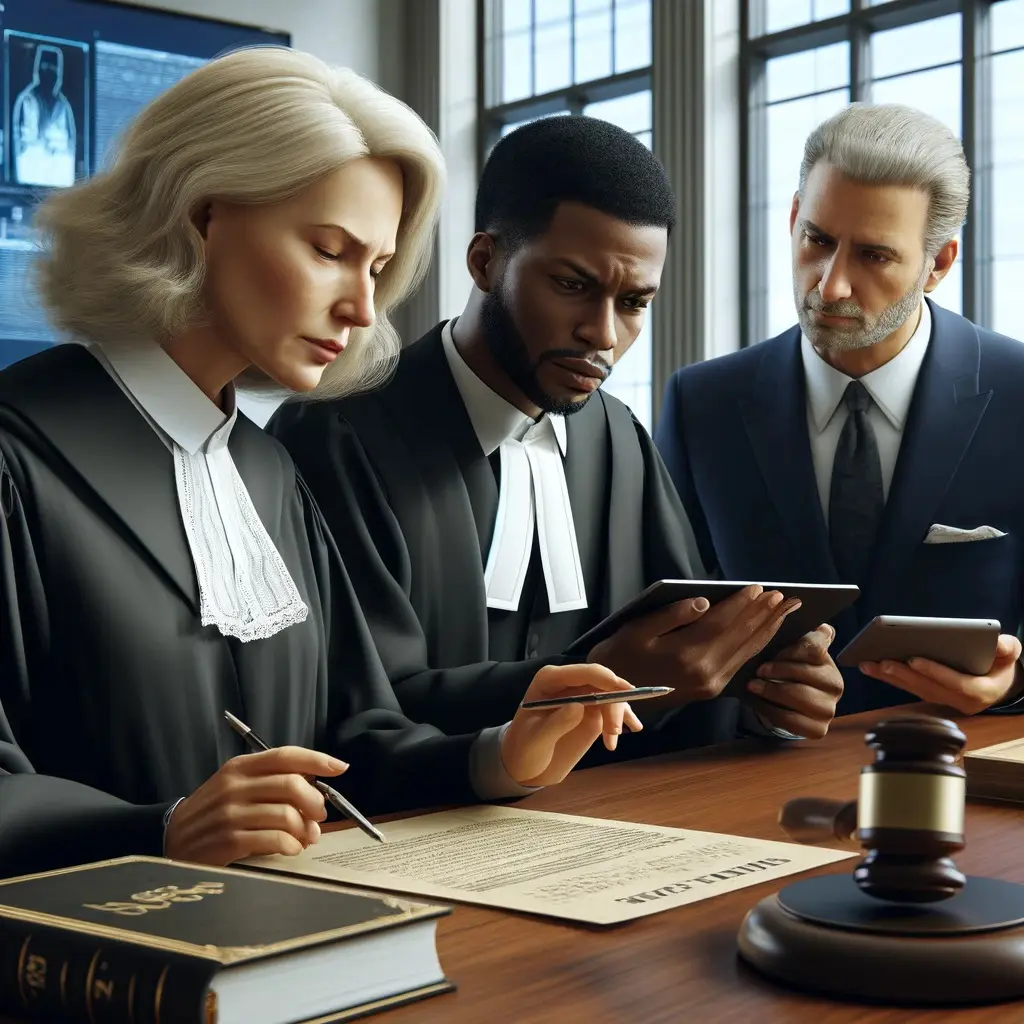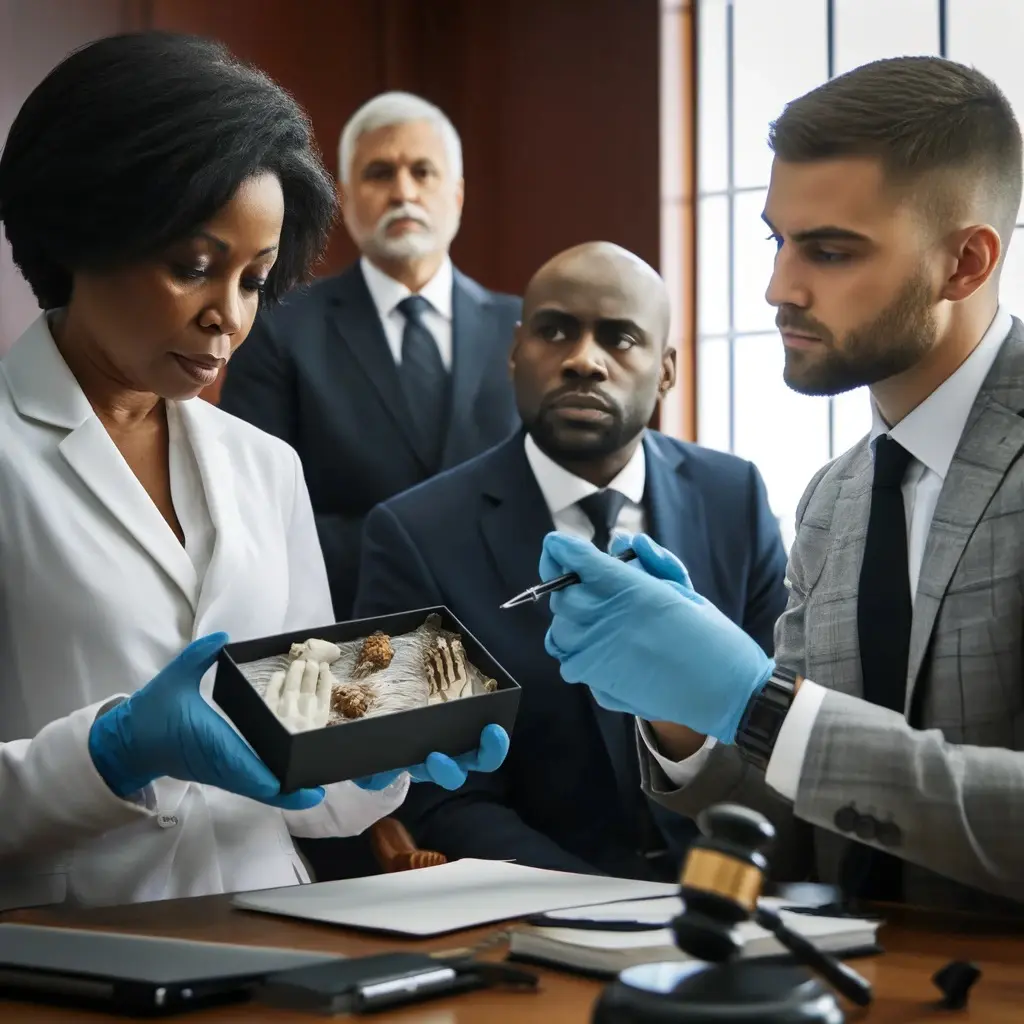Introduction to the Best Evidence Rule
En Best Evidence Rule is a foundational concept in legal practice that dictates the requirement for original documentation or evidence when proving the contents of that document in court. This rule, integral to both criminal and civil litigation, ensures the reliability and integrity of evidence presented during trials. Its primary purpose is to prevent fraud and misunderstandings by requiring the most reliable forms of evidence, typically the original documents themselves.
Application of the Best Evidence Rule
In legal proceedings, the Best Evidence Rule requires that, whenever a party intends to prove the content of a document, the original document must be produced. For instance, if the terms of a contract are disputed, the original signed contract is required to prove what the terms stipulate. This requirement helps to ensure the evidence’s authenticity, reducing the potential for distorted or fabricated information.
However, there are exceptions to this rule. If the original documents are lost, destroyed, or otherwise unobtainable through no fault of the proponent, other forms of evidence, such as copies or oral testimony, may be admitted. The party seeking to use a substitute must explain the absence of the original to the satisfaction of the court, which then decides whether the alternative evidence is acceptable under the circumstances.
Challenges in Enforcing the Best Evidence Rule
The enforcement of the Best Evidence Rule can be challenging, particularly in the digital age where electronic documents can be easily modified. Determining the originality of electronic records requires understanding digital forensics and sometimes involves complex litigation procedures. These challenges necessitate that legal professionals stay updated with evolving technologies and forensic methods to effectively argue the authenticity and admissibility of electronic evidence.
Furthermore, the rule’s application can be contentious in scenarios involving aged or deteriorating documents where the original is no longer legible or accessible. In such cases, expert testimony may be required to verify the authenticity of copies or reconstruct the original document’s content.
Legal Consequences of the Best Evidence Rule
The implications of not adhering to the Best Evidence Rule can be severe. If a party fails to present the original document when it is available, their evidence could be excluded, potentially weakening their position significantly. In legal disputes where key agreements or communications are documented, the inability to produce the original can result in the loss of the case.
Además, la Best Evidence Rule emphasizes the importance of proper document management and retention policies in businesses and legal practices. Organizations must ensure that original documents are preserved and protected from damage or alteration, as their future legal needs might depend critically on these documents.
Casos prácticos o ejemplos
A notable case involving the Best Evidence Rule is the matter of Estate of Martin v. Martin. In this case, the content of a will was contested, and the original document was unavailable. The court allowed a photocopy to be admitted as evidence after witnesses testified about the existence and handling of the original will, showcasing how exceptions to the rule are applied in real-world scenarios.
Another significant case is Tech Corp v. Software Solutions, where email communications were central to the dispute. The original hard drives were destroyed unintentionally during routine maintenance. The court had to rely on printed copies of emails after the parties provided substantial proof that the emails were authentic and that the originals were lost without malicious intent. This case underscores the importance of digital evidence management and the challenges it poses.
Análisis comparativo
Comparing the Best Evidence Rule with similar legal doctrines in other jurisdictions, such as the Documentary Evidence Rule in the UK, highlights distinct approaches to handling documentary evidence. While both rules prioritize original documents to avoid fraud, the UK system is slightly more flexible in allowing secondary evidence, reflecting different legal traditions and systems of proof.
Desglose detallado de las consecuencias jurídicas
Failure to comply with the Best Evidence Rule can lead to the exclusion of pivotal documents from proceedings, which can shift the outcome of a trial. For example, in contractual disputes or property cases, the absence of original agreements or deeds can fundamentally weaken a party’s legal stance, potentially leading to significant financial or proprietary losses.
Guía paso a paso con imágenes
- Document Verification: Ensure the document’s authenticity by checking signatures and official seals.
- Damage Assessment: Evaluate the physical condition of the document; if damaged, consider forensic analysis to validate contents.
- Digital Copies: If the original is an electronic record, verify and document the metadata to prove its originality.
Visual aids such as diagrams illustrating these steps or flowcharts outlining the decision-making process under the rule can be highly beneficial for understanding and applying it effectively.
Tecnología y herramientas
Modern legal practices utilize advanced software for managing and verifying the authenticity of digital documents. Tools like Adobe Acrobat Pro for PDFs and specialized database software for managing electronic records are essential for ensuring compliance with the Best Evidence Rule in digital environments.
Elementos interactivos
Implementing interactive webinars or online workshops to educate legal professionals about the Best Evidence Rule and its applications in various contexts can be incredibly useful. These platforms can include Q&A sessions, real-time polls, and scenario-based learning modules.
Sección FAQ
Q: What constitutes an ‘original’ in digital documents? A: In digital contexts, the ‘original’ is considered the first generated instance of a file that is maintained in its unchanged form.
Q: How can one prove a document is the original if it’s digital? A: Using metadata and digital signatures to establish the creation date and authenticity.
Cambios y tendencias legislativas
Recent legislative changes have focused on adapting the Best Evidence Rule to accommodate the increase in digital and electronic document use. For example, laws are now acknowledging digital copies as originals if they meet certain criteria for integrity and reliability.
Consideraciones éticas
Ethically, the Best Evidence Rule imposes a duty on all legal practitioners to avoid the temptation of document tampering or destruction. It underscores the principle of integrity in the legal profession and mandates that attorneys ensure all evidence presented is as reliable and untampered as possible.
This expansion of the article adds substantial depth and practical insights into the Best Evidence Rule, enhancing its usefulness for legal professionals navigating complex evidentiary landscapes.
Conclusión
En Best Evidence Rule is a crucial aspect of the legal framework that ensures the authenticity and reliability of documentary evidence in court proceedings. Understanding its applications, challenges, and consequences is essential for legal professionals who must navigate the complexities of evidence presentation. By adhering to this rule, the legal system upholds the standard of proof required to achieve fair and just outcomes in litigation.


